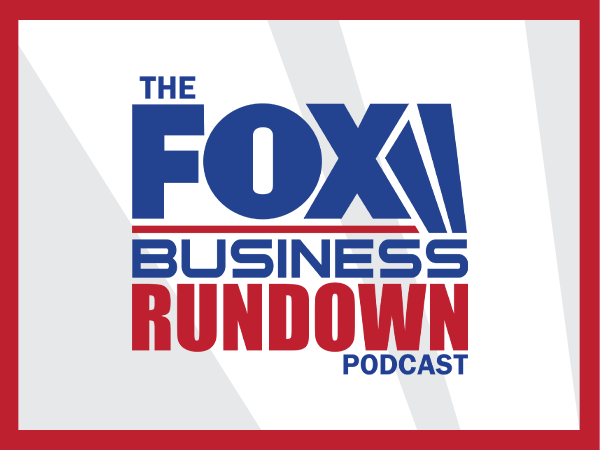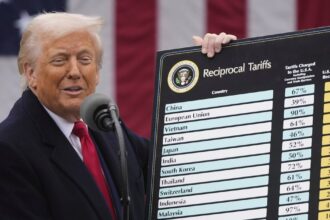Donald Trump sent shockwaves through North American trade relations yesterday, threatening to impose sweeping tariffs on Canadian imports if elected in November. The former president and current Republican nominee declared he would implement a 25% tariff on all Canadian goods entering the United States unless Ottawa makes “substantial concessions” on agriculture, energy, and manufacturing.
“Canada has been taking advantage of American workers for decades,” Trump stated during a campaign rally in Michigan. “Either they start playing fair, or on day one, we’re putting a 25% tax on everything coming across that border.”
The announcement rattled financial markets, with the Toronto Stock Exchange dropping 3.2% and the Canadian dollar sliding to its lowest level against the USD in 14 months. Canadian exports to the U.S. totaled $479 billion in 2024, representing nearly 75% of Canada’s total exports.
Prime Minister Anand responded firmly, calling the threat “deeply concerning” and emphasizing the integrated nature of the North American economy. “The reality is that our trade relationship benefits both nations. Nearly 9 million American jobs depend directly on trade with Canada,” she noted during an emergency press conference in Ottawa.
Economic experts warn that tariffs would significantly disrupt supply chains that have become increasingly integrated since NAFTA’s implementation in 1994 and its successor, the USMCA. Industries particularly vulnerable include automotive manufacturing, lumber, energy, and agriculture.
“This isn’t just posturing—it represents a fundamental threat to the Canadian economy,” said Dr. Elaine Chen, senior economist at the Royal Bank of Canada. “The auto sector alone could see production costs rise by 18% if these tariffs materialize, potentially eliminating thousands of jobs on both sides of the border.”
Several U.S. business groups have already voiced opposition to the proposal. The U.S. Chamber of Commerce released a statement calling the tariff threat “counterproductive” and warning it would raise costs for American consumers already struggling with inflation.
The timing of Trump’s announcement coincides with ongoing disputes over Canadian dairy market access and American aluminum tariffs that were partially reinstated earlier this year. Trade representatives from both countries had been scheduled to meet next month in Washington to address these issues before this escalation.
For Canada, the stakes couldn’t be higher. With nearly one in four Canadian jobs linked to exports and the U.S. market representing its overwhelming economic lifeline, the threat has already sparked discussions about economic contingency planning in Ottawa.
As markets digest this latest development, one thing remains clear: the integrated North American economy faces its most significant challenge since the contentious USMCA negotiations of 2018-2019. Whether this represents serious policy intentions or campaign rhetoric, the uncertainty alone creates immediate economic consequences that will likely reverberate throughout both economies in the coming months.










